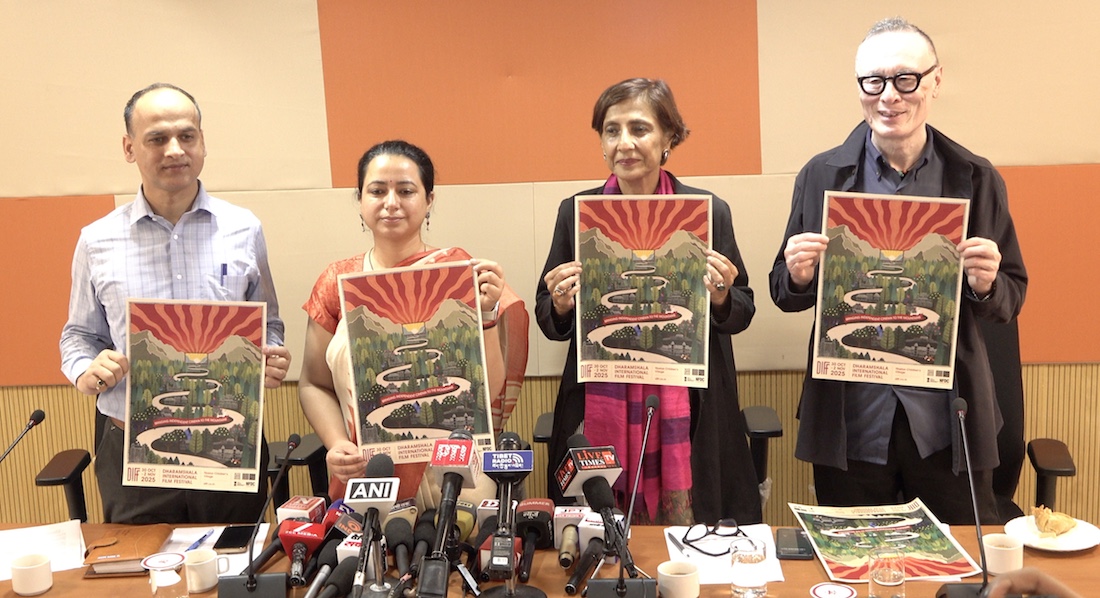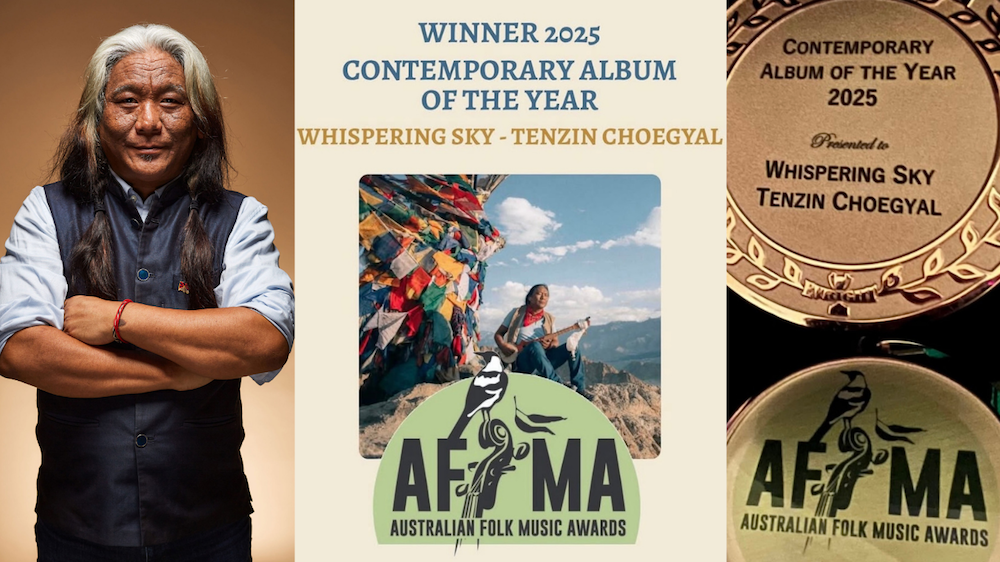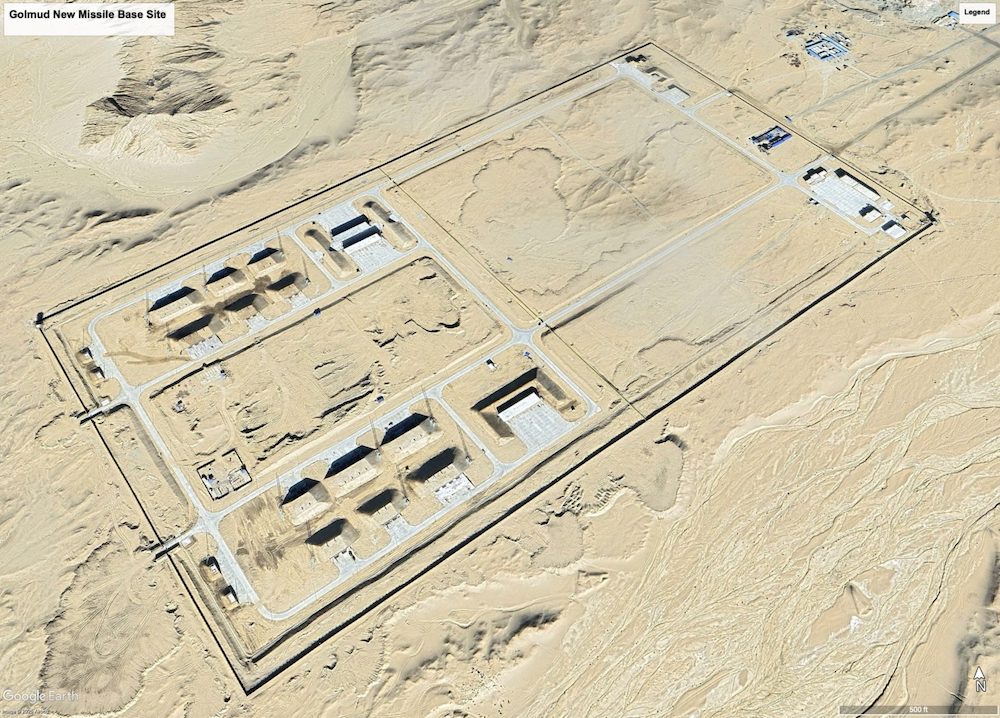Review by KOAY EE LING
Searching for Shangri-La
Author: Laurence J. Brahm
Publisher: Marshall Cavendish, 182 pages
THIS travelogue records not just the author’s search for Shangri-La but takes us through a journey of discovery as he travels from Beijing into the heart of Tibet and across parts of western China.
 His search was sparked by James Hilton’s 1933 classic, Lost Horizon. Since then, generations have asked where Shangri-La really is. Some actively sought out the location but is it just a place?
His search was sparked by James Hilton’s 1933 classic, Lost Horizon. Since then, generations have asked where Shangri-La really is. Some actively sought out the location but is it just a place?
How and where Shangri-La is found is entirely up to the individual – this seems to be the conclusion of many. In this book, Laurence J. Brahm’s travels into and out of Western China brought him face to face with many prominent figures – famous pop stars, living Buddhas, Dalai Lamas, artistes and other visionary folk – who speak of their Shangri-La.
Among the icons he interviewed are pop singers Ai Jing, Dadawa and Kaiser Kuo; famous songwriter and composer, San Bao; living Buddha Beru Khyentse Rimpoche; fashion diva and famous designer Flora Cheong-lin; and China’s legendary dance performer, Yang Liping.
Through his conversations with these prominent figures and humble Tibetan folk, Brahm unveils what and where Shangri-La is to them. The definition of Shangri-La really depends on the individual. Some people find it, some people never do.
It is also through his meetings and discussions with the local people that Brahm showcases the simple beauty and cultural wealth of the Tibetans.
His experiences with the Tibetans are surprising, mystical and inspiring at the same time. The Rimpoche and nomads mysteriously seek him out when he consciously stops searching for them. The Dalai Lama could sense Brahm’s presence and answers his question even before he utters it.
Searching for Shangri-La is also an exploration of Buddhism and of the history of Tibet. The book brings to attention issues such as materialism, loss of culture and environmental protection.
Brahm’s style of writing evolves with his change of mindset the nearer he approaches his Shangri-La. The book begins amusingly in a style reflective of a sarcastic, somewhat agitated businessman.
As Brahm progresses in his journey, discovering many truths about life, people and Shangri-La, his sense of observation sharpen and thoughts deepen. The sarcasm appears to have dissipated from his writing.
Brahm’s travelogue has many stark and beautiful photographs of the landscape and people he met. Thought-provoking poems are interspersed between chapters.
The travelogue has since initiated a documentary, dedicated to preserving the Qinghai-Tibetan region and its ethnic minorities and cultures, which were what inspired the idea of Shangri-La.
Other travelogues by Brahm are Conversations with Sacred Mountains, Shambala and New Age Sutra. A lawyer and political economist by profession, Brahm has written many books on finance, business, China and Asia. He is viewed by many as a barometer of China’s economic and political environment.









